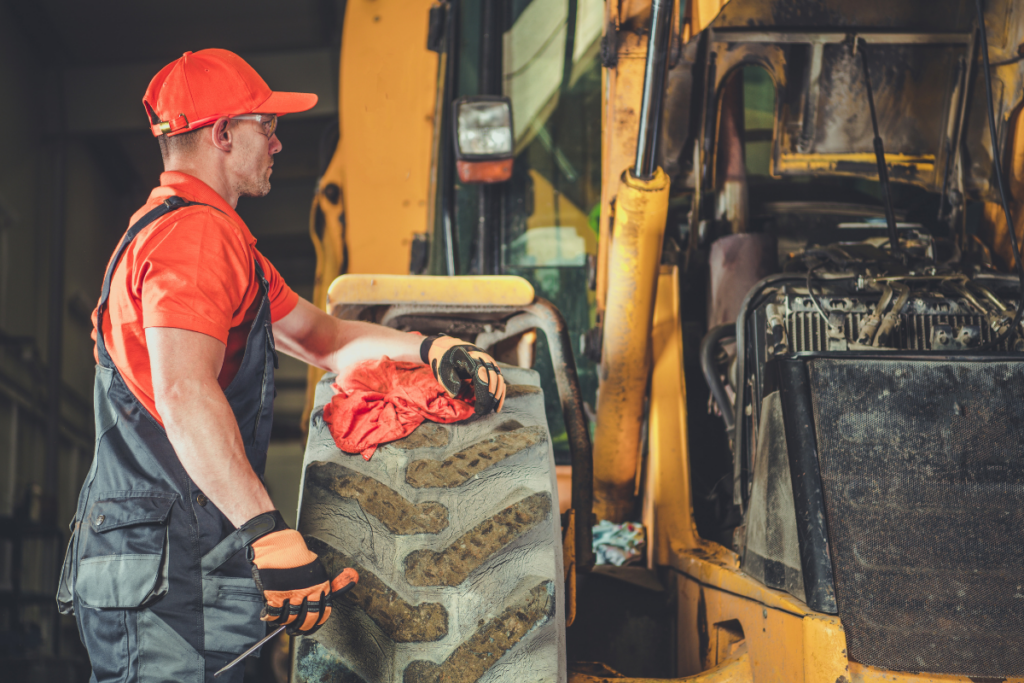Vintage Tractor Parts for Sale: A Comprehensive Guide

Tractors are much more than farming equipment, these are parts of agricultural history which are still in existence. Preserving and preserving these historical items is an interesting practice of their tradition, though buying traditional tractor spare parts is not so easy.
If you are a collector or just want your vintage tractor to run smoothly, this guide will help you learn about vintage parts, importance, types, distinctions, and advantages.
We will also discuss the aspects of installation, maintenance, and provide the comparison table with the most wanted models.
Importance of Vintage Tractor Parts
It’s a well-known fact that collectors and enthusiasts of certain motor vehicles, including tractors, firmly believe that authenticity is a key priority when(relative to the modern machinery counterparts), it is a universally recognized fact that spare parts acquired from vintage tractors are worth their weight in gold.
Antique tractors are classic machines useful in the field that require some extra attention. These machines are used in the manufacture of tractors and for these to be effective the parts need to be well designed and be in proper working condition to keep the tractor running.
It is important to have access to genuine or well made replica parts to avoid running into operational problems or worse having the device ruined beyond repair. Some of the parts are stripped from old tractors hence, will give your machine the classic feel and performance as you expect from an antique machine.
Why Genuine Parts Matter:
- Durability: Genuine vintage parts are made to last and match the original tractor’s specifications.
- Value: Restored tractors maintain their market value if kept in original or near-original condition.
- Performance: Well-matched parts ensure smooth operations and prevent frequent breakdowns.
Different Types of Vintage Tractor Parts
There’s a wide variety of vintage tractor parts available, each with specific functions that are vital to the overall machine. Here’s a look at the key types of parts:
- Engine Components
- Pistons, cylinders, crankshafts, and fuel pumps are crucial for maintaining the power of your tractor.
- Transmission and Drivetrain Parts
- Gears, shafts, and clutches enable the tractor to move and transfer power from the engine to the wheels.
- Electrical Components
- These include ignition switches, spark plugs, and alternators which power your engine and other features.
- Hydraulic System Parts
- These parts, like pumps, valves, and hoses, are essential for any attachments that need hydraulic power.
- Body and Cabin Parts
- Fenders, seats, and control panels are often replaced to restore the exterior appearance and functionality of the tractor.
Features and Benefits
| Part Type | Key Features | Benefits |
| Engine Components | Made to original specs, durable materials | Ensures optimal power and smooth operation |
| Transmission Parts | High-torque capacity, precision gears | Enhances driving performance, prevents gear slipping |
| Electrical Components | High-quality wiring, durable spark plugs | Reliable starting, extends engine life |
| Hydraulic System Parts | Heat-resistant hoses, high-capacity pumps | Enables efficient operation of attachments |
| Body and Cabin Parts | Rust-proof, weather-resistant materials | Maintains aesthetics and comfort during operation |
Popular Models and Parts for Vintage Tractors
Many brands have produced reliable tractors over the years, and each model requires specific parts. Here’s a look at some popular vintage tractor models and the types of parts commonly needed.
- John Deere Model A: Known for its durability. Often requires engine components and transmission parts.
- Ford N-Series: A classic model, frequently needing hydraulic parts and electrical components.
- International Harvester Farmall: Popular for its ease of use, needing body parts and cabin repairs to restore it to its original condition.
- Massey Ferguson 35: This model frequently requires transmission and body parts.
Installation Guide: Step-by-Step Instructions
Installing vintage tractor parts may seem daunting, but with the right approach, it’s manageable. Here’s a basic installation guide for common parts, such as an engine component (e.g., a piston).
- Preparation
- Gather all required tools like wrenches, screwdrivers, and socket sets. Make sure your workspace is clean and free of debris.
- Disconnect Power
- Ensure the tractor is powered off and disconnect the battery to avoid electrical hazards.
- Remove Old Part
- Follow the manufacturer’s manual to locate and remove the faulty part. Keep track of all screws and connectors.
- Install the New Part
- Carefully position the new part in place, aligning it with the corresponding connectors or mounting points.
- Tighten Bolts and Connections
- Once the part is in position, secure it using bolts or screws. Make sure everything is tightened properly to avoid future issues.
- Test the Tractor
- Reconnect the power and test the tractor. Listen for any unusual sounds, and check that the part is functioning properly.
Maintenance Tips for Vintage Tractor Parts
Keeping your vintage tractor in top condition requires regular maintenance of its parts. Here are some key tips:
- Regular Lubrication
- Keep moving parts, like gears and pistons, well-lubricated to reduce friction and wear.
- Check Fluid Levels
- Frequently check hydraulic and engine oil levels to ensure smooth operations. Refill as needed.
- Rust Prevention
- Regularly inspect metal parts for rust. Apply rust-proof paint or spray to keep them protected.
- Inspect Electrical Systems
- Check spark plugs, wiring, and switches regularly. Replace any damaged components promptly.
- Tighten Loose Bolts
- Over time, vibrations can loosen bolts and screws. Inspect your tractor after every few uses and tighten any that seem loose.
Conclusion
Finding the right vintage tractor parts for sale doesn’t have to be a hassle. By sourcing genuine parts, properly installing them, and following a regular maintenance routine, you can keep your vintage tractor running for years to come.
Whether you’re a seasoned mechanic or a beginner, this guide should help you in restoring your vintage tractor to its former glory.
For more information on purchasing vintage tractor parts, consider visiting Steiner Tractor Parts. They offer a variety of high-quality parts for vintage tractors.
